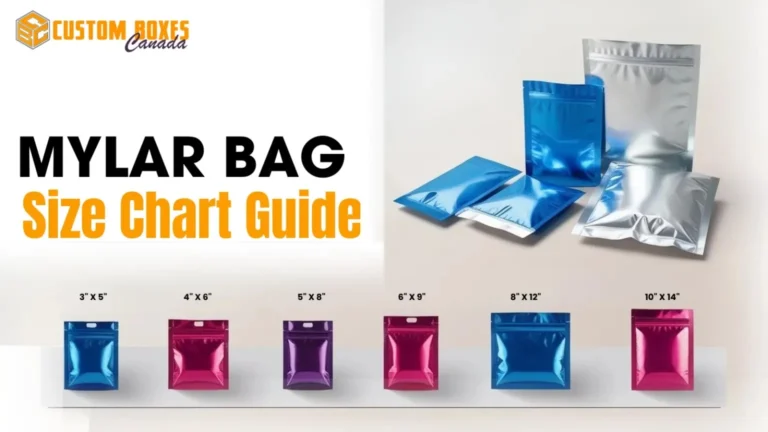Packaging is crucial for ensuring products are delivered safely and reliably. Among various packaging materials, cardboard is widely used, but for more demanding applications, corrugated cardboard is the superior choice. Understanding the differences between normal and corrugated cardboard is essential for selecting the right packaging solution for your brand. This comprehensive guide will help you make informed decisions about your packaging needs.
What is a Corrugated Box?
A corrugated box is different from normal cardboard. It is made from sheets of a superior packaging material known as corrugated cardboard, or more accurately, corrugated fiberboard carton. While normal cardboard is used for lightweight product packaging, corrugated boxes are ideal for shipping heavier or more fragile products due to their enhanced durability and reliability.
Types of Corrugated Boxes
Corrugated cardboard boxes consist of heavy paper medium and linerboard materials. The medium is the wavy material visible between the linerboard materials, both made of containerboard. The strength of corrugated boxes depends on the number of layers of medium and linerboard.
Single Face
- Composition: One medium layer glued to one linerboard.
- Uses: Sleeves for coffee cups, phone boxes, and various packaging materials.
Single Wall
- Composition: One medium layer glued between two linerboards.
- Uses: Lightweight packaging, delivery processes, providing a balance of weight and protection.
Double Wall
- Composition: Two medium layers glued between three linerboards.
- Uses: Long-term storage, warehouse protection, offering enhanced protection and reliability.
Triple Wall
- Composition: Three medium layers glued between four linerboards.
- Uses: Heavy materials such as compressors and industrial tools, ensuring protection for delicate and expensive equipment.
Cardboard Thickness Guide
Choosing the right packaging thickness is crucial for product protection and cost efficiency. Here’s why thickness matters:
Better Protection
The thickness of packaging cardboard directly correlates with the level of protection. Thicker cardboard is essential for shipping fragile and breakable products to ensure they reach customers intact.
Safer Delivery Process
Thicker cardboard offers better resistance to damage from heat, moisture, and physical impacts during transit, ensuring products arrive in good condition.
Reduced Delivery Costs
Appropriate thickness can help minimize shipping costs by reducing the overall weight of the packaging without compromising protection.
Better Packaging Prints
Thicker cardboard provides a smoother surface for high-quality printing, which is important for branding and marketing.
Methods of Measuring Thickness
Grams per Square Meter (GSM)
GSM measures the weight of the cardboard material. Higher GSM indicates sturdier packaging. Here are some examples:
- Newspapers: 35-55 GSM
- Printing Paper: 90-100 GSM
- Posters: 120-140 GSM
- Brochures: 210-300 GSM
- Packaging: 350-400 GSM
Corrugated Thickness Guide
Different flute profiles provide varying levels of strength and insulation. Here’s a quick overview:
- A-flute: 5 mm thick, 33 flutes per ft.
- B-flute: 3 mm thick, 47 flutes per ft.
- C-flute: 4 mm thick, 39 flutes per ft.
- D-flute: 2 mm thick, 92 flutes per ft.
- E-flute: 1.5 mm thick, 90 flutes per ft.
- F-flute: 0.6 mm thick, 125 flutes per ft.
Choosing the Best Packaging
When selecting packaging, consider the following factors:
- Contents: Ensure the packaging suits the type of product.
- Design and Look: Customizable designs enhance brand recognition.
- Shipping Cost: Optimize packaging thickness to reduce shipping costs.
- Protection: Ensure the packaging offers adequate protection.
Custom Boxes Made with Corrugated Boxes
Corrugated boxes offer tremendous versatility and can be customized into a variety of shapes and sizes to meet specific needs. Some popular types of custom printed boxes made with corrugated cardboard include:
- Mailer Boxes: Ideal for e-commerce businesses, mailer boxes are designed to protect products during shipping while providing an unboxing experience that enhances brand perception.
- Display Boxes: Used in retail environments, display boxes showcase products effectively on shelves, often featuring vibrant prints and designs.
- Shipping Boxes: These are robust boxes used for transporting goods over long distances. They can be customized with brand logos and important handling instructions.
- Gift Boxes: Designed to provide a premium look and feel, gift packaging boxes are perfect for special occasions and can be personalized with unique prints and embellishments.
- Storage Boxes: Used for long-term storage, these boxes are built to withstand stacking and handling in warehouses, ensuring the safety of stored items.
Case Study: Successful Use of Corrugated Boxes
Case Study: E-commerce Giant’s Switch to Corrugated Packaging
An e-commerce giant switched from traditional cardboard to corrugated boxes for their high-value electronics. The result was a significant reduction in damage claims and improved customer satisfaction, highlighting the importance of selecting the right packaging material.
Frequently Asked Questions
What are the parts of a cardboard box called?
Parts include flaps, panels, slots, tabs, hand holes, and reinforcements, each playing a functional role in packaging assembly and reliability.
What are the different grades of cardboard boxes?
Grades include single-walled, double-walled, triple-walled, and specialty grades, each suited for different packaging needs from retail to industrial.
What is the anatomy of a cardboard box?
A cardboard box consists of flaps, panels, slots, tabs, hand holes, and reinforcements, combined in various configurations for different applications.
Conclusion
Packaging is the heart and soul of a product. It can significantly enhance brand recognition and customer satisfaction. Investing in high-quality packaging like corrugated boxes ensures product safety and long-term success. If you’re looking to elevate your packaging, contact Custom Boxes Canada for a wide range of customizable options tailored to your needs.
Contact Us
Ready to take your packaging to the next level? Contact our experts at Custom Boxes Canada today and place an order!









